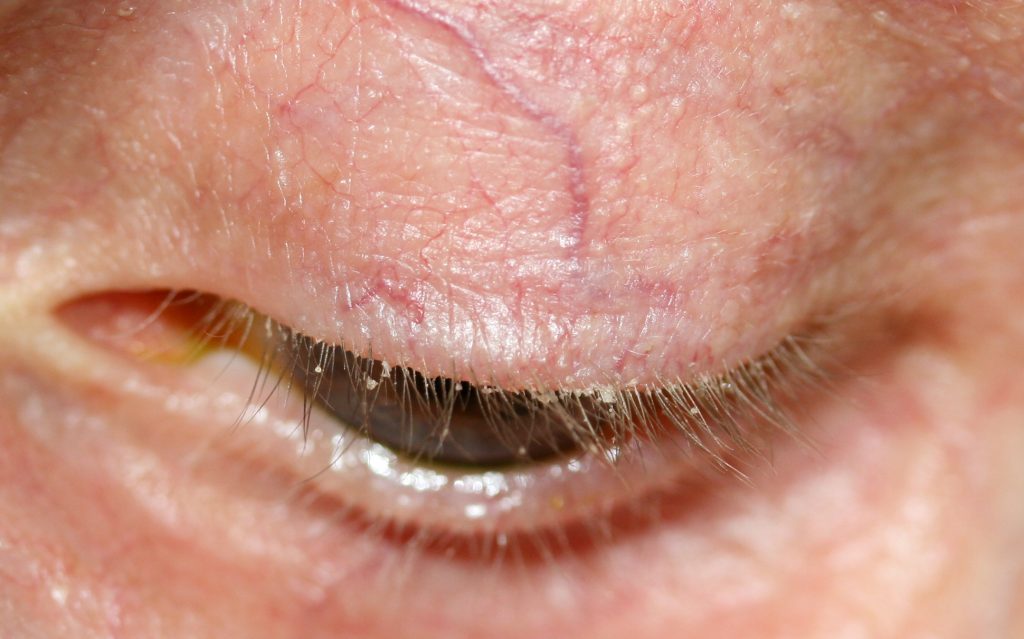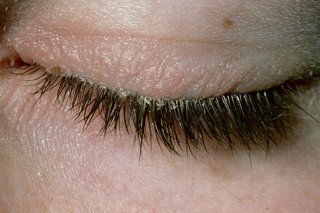
Blepharitis is an inflammation of the eyelids in which they become red, irritated and itchy, and dandruff-like material forms on the eyelashes. It is a common eye disorder caused by either bacteria or a skin condition, such as dandruff of the scalp or rosacea. It affects people of all ages. Although uncomfortable, blepharitis is usually not contagious and generally does not cause any permanent damage to eyesight.
People with blepharitis may experience a gritty or burning sensation in their eyes, excessive tearing, itching, red and swollen eyelids, dry eyes or crusting of the eyelids. For some people, blepharitis causes only minor irritation and itching. However, it can lead to more severe symptoms, such as blurring of vision, missing or misdirected eyelashes, and inflammation of other eye tissue, particularly the cornea. By touching and rubbing the irritated area, a secondary infection can also result.
In many cases, good hygiene can help control blepharitis. This includes frequently washing the scalp and face, using warm compresses to soak the eyelids and scrubbing the eyelids. When a bacterial infection is causing or accompanies blepharitis, antibiotics and other medications may be prescribed.


How is blepharitis treated?
The key to treating most types of blepharitis is keeping the lids clean and free of crusts.

Applying warm compresses can loosen the crusts. Then gently scrub the eyelids with a mixture of water and baby shampoo or an over-the-counter lid-cleansing product. (See the Self-care section below for step-by-step directions on soaking and scrubbing the eyelids.)
In cases involving bacterial infection, an antibiotic may be prescribed.
People with blepharitis might find the following helpful:
- If the glands in the eyelids are blocked, massage the eyelids to clean out oil accumulated in the eyelid glands.
- Use artificial tear solutions or lubricating ointments, if prescribed.
- Use anti-dandruff shampoo on the scalp.
- Limit or stop using eye makeup during treatment, as it makes lid hygiene more difficult.
- Temporarily discontinue wearing contact lenses during treatment.
Some blepharitis cases may require more complex treatment plans. Blepharitis seldom disappears completely. Even with successful treatment, blepharitis may re-occur.
Self-care
Directions for a Warm Soak of the Eyelids:
- Wash your hands thoroughly.
- Moisten a clean washcloth with warm water.
- Close eyes and place washcloth on eyelids for about 5 minutes, reheating the washcloth as necessary.
- Repeat several times daily.
Directions for an Eyelid Scrub:
- Wash your hands thoroughly.
- Mix warm water and a small amount of non-irritating (baby) shampoo or a commercially prepared lid scrub solution recommended by your doctor.
- Using a clean cloth (a different one for each eye), rub the solution back and forth across the eyelashes and the edge of the closed eyelid.
- Rinse with clear water.
- Repeat with the other eye

